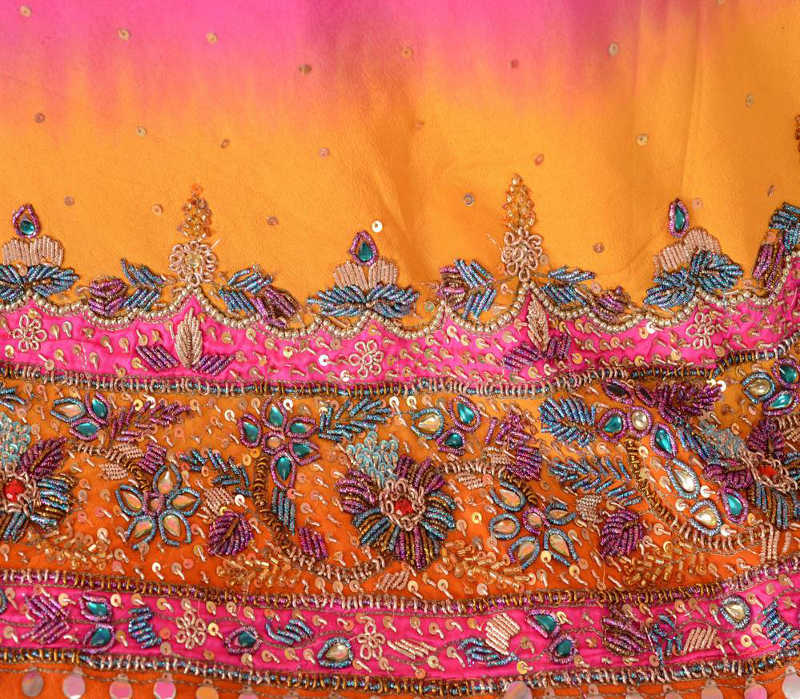===
0263,
7
===

=== |
 |
;hasb : 'Agreeably (to), conformably (to), according (to), in conformity (with)'. (Platts p.477)
qadr : 'Greatness, dignity, honour, rank, power; importance, consequence; worth, merit; estimation, appreciation, account; value, price; —measure; degree; quantity; magnitude; bulk, size; portion, part'. (Platts p.788)
buland : 'High, lofty, tall; elevated, exalted, sublime'. (Platts p.165)
;Daa;Ng : 'Ridge or summit of a hill or mountain'. (Platts p.563)
FWP:
SETS
MOTIFS
NAMES
TERMS == FRESH WORD; VERSE-SETOne thing that makes SRF want to frame a verse-set is surely the vagueness and abstractness of this verse. The only way to imagine the speaker's role in it at all is to read not 'how high it is' but 'how high we are'-- and even that is a reading we're really only led to make after we've encountered {263,8}.
Unlike the neutral English constructions 'according to' or 'in proportion to', the Urdu ;hasb-e qadr is full of overtones of greatness and dignity (see the definitions above). Similarly, the choice of buland adds a tone of loftiness to the verse. But only, it should be noted, once we have seen {236,8}. For only then do we see the use that Mir is making of this loftiness, and the poetic desirability of our choosing a reading that enhances it.
So in short, it's easy to agree with SRF that the two verses are best read together as at least an unofficial verse-set.
The present verse surely deserves 'fresh word' credit, for the highly unusual ;Draa;Ng .